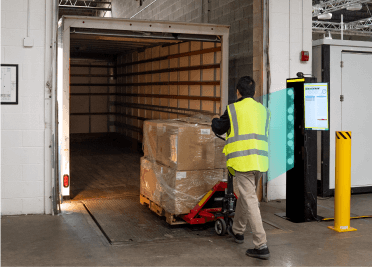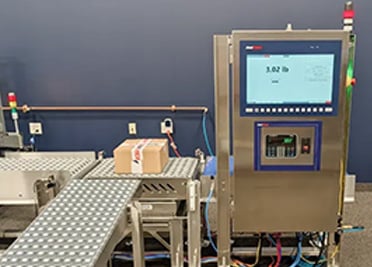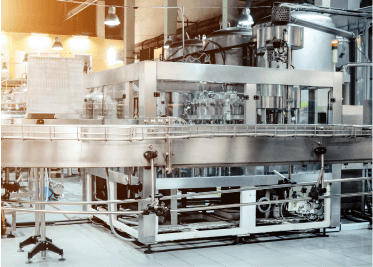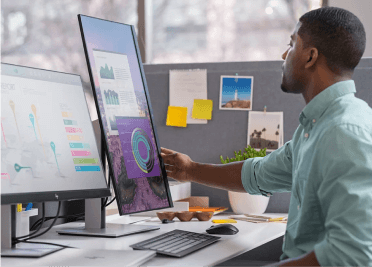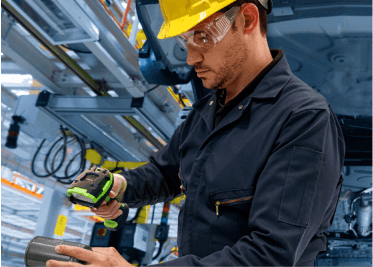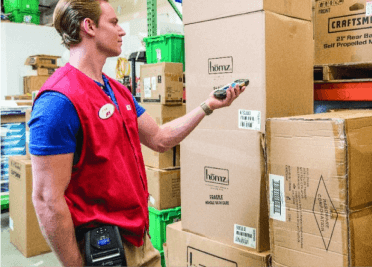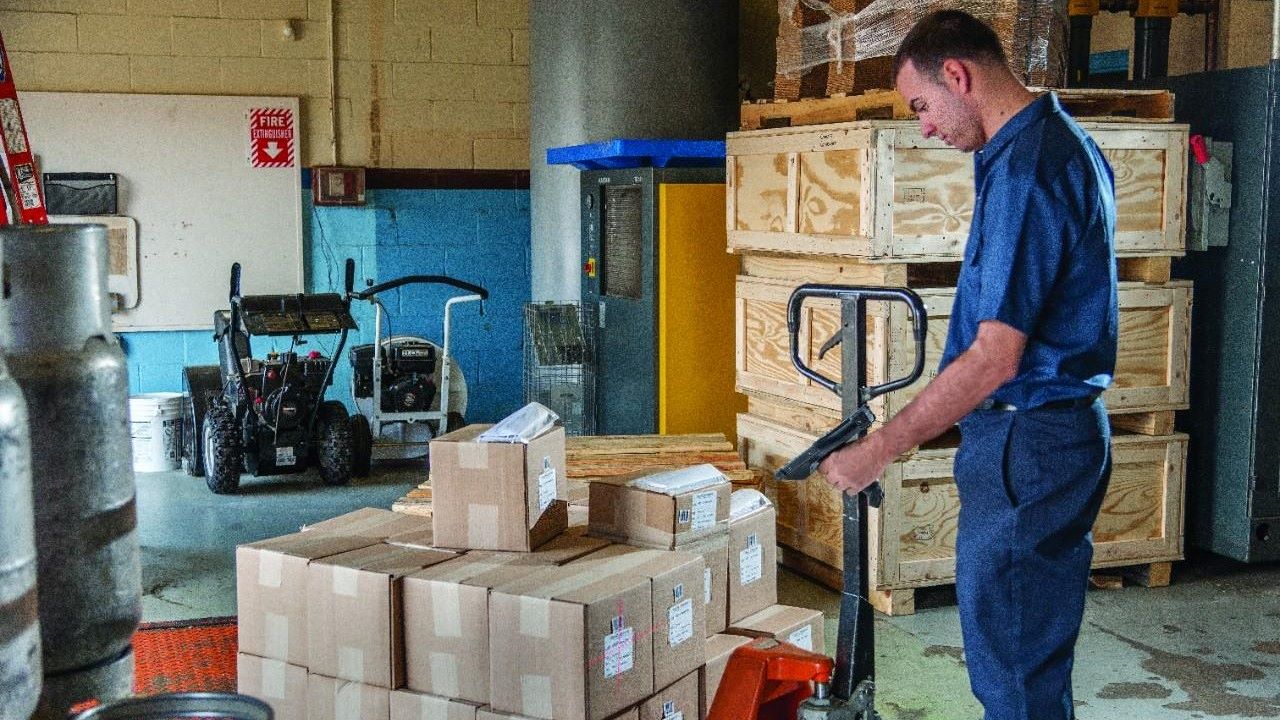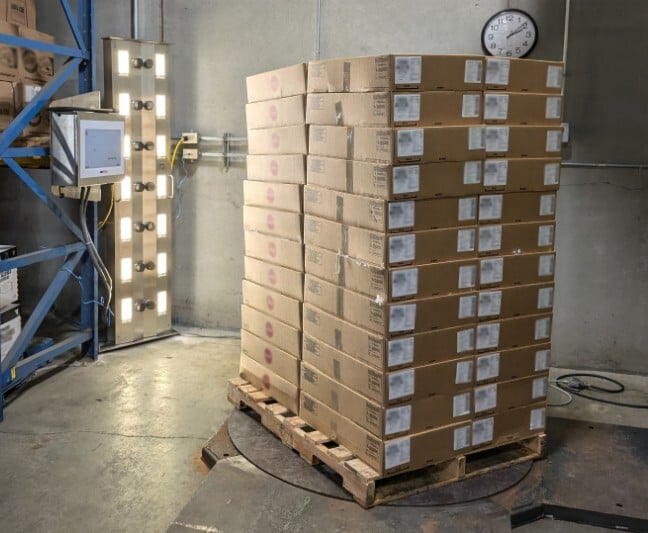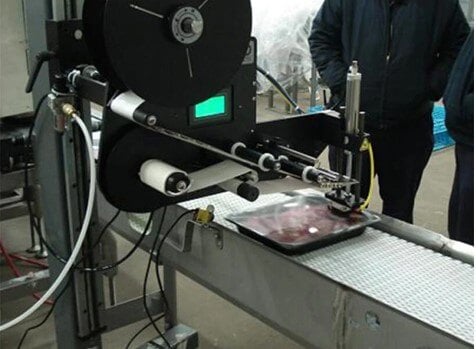Every day, we’re inundated with media headlines talking about industry leaders and visionaries who are leveraging their investment capital, brand equity, balance sheets and ambition to make bold moves to redefine their businesses, their categories and the kinds of experiences they deliver. They’re taking advantage of shifts at the edge to “disrupt” their own industries and, sometimes, others too. They are also accelerating innovation in response to disruptive events, such as the COVID-19 outbreak.
What you’re not hearing about, though, are those organizations that are taking a “slow and steady” approach to modernization of their supply chains despite having a compelling reason to step on the gas. These are organizations that remain focused on evolving toward a more sustainable operating model that will enable them to remain relevant and capable of meeting customer demand regardless of fluctuations or downward pressures resulting from global economic turbulence, rising duty rates and trade barriers.
Yet, both groups of innovators warrant your attention. They have all tried and, at some point, failed to achieve their desired outcomes before finally figuring out the right formula for their businesses. You can learn from both their mistakes and their successes to ease your transformation journey.
For example, many companies, including Zebra, are still in the early stages of exploring how intelligent automation, co-bots and autonomous vehicles can be put to use within their supply chain operations. However, early adopters whose use cases fit squarely in the “sweet-spot” of these emerging offerings have successfully been able to automate low-value work where human labor has been less available and where there is low-hanging fruit in efficiency gains.
In the next few years, increased utilization of these technologies will drive greater opportunities for semi-automated warehouses. People and autonomous solutions such as co-bots can work in concert to drive higher levels of performance as fulfillment and shipment volumes outstrip the available skilled labor pool and social distancing standards prevail.
At the same time, workflow augmentation enabled through solutions that optimize the worker experience with directed actions such as Intellegent Edge will push organizations to next-level operations. They provide the actionable intelligence and the technological means to trim steps, touches, stock and costs across many different workflows. They will also show you exactly where and how to reallocate labor within the supply chain to the points of higher value – areas where human intelligence, skill and experience are unsurpassed by automation. (As said before, robots aren’t taking people’s jobs. They’re giving people more meaningful and satisfying jobs.)
Of course, none of these more advanced augmentation or automation solutions are going to be viable options for your organization until you have the right foundation in place.
If you are still trying to figure out which Android™ mobile computer is best for your warehouse workers because you just lost support for your Windows® mobile devices or need to modernize your applications and user experience, then that’s okay. Mobility is the first step in successfully reconfiguring warehouse models to optimize your distribution network. Even the most advanced RFID, real-time locationing systems (RTLS), augmentation and automation technologies rely on mobile computers to effectively deliver edge visibility, actionable intelligence and desired business outcomes. If even a single mobile device goes down for 10 minutes, then you are going to struggle to achieve the “system of reality” your supply chain needs to be able to collectively sense, analyze and act on every opportunity or issue as it presents itself. That’s why it’s critically important you engage a trusted partner to help you strategically select, integrate and optimize your mobility solution within the framework of your end-to-end technology architecture.
ARE YOU ON THE RIGHT PATH TO A SMART, CONNECTED, FRICTIONLESS WORKFLOW WITHIN YOUR ORGANIZATION AND SUPPLY CHAIN?
Most likely, the answer is yes, even if you feel like you’re a bit behind compared to your competitors or customers or your efforts were stalled due to COVID-19.
According to Zebra’s 2019 Intelligent Enterprise Index:
- The majority of manufacturing (63%) and transportation and logistics (61%) organizations are already on the path to becoming “intelligent.” An additional 16% of T&L providers and 12% of manufacturers have already become “intelligent enterprises.”
- Nearly half of T&L (46%) and manufacturing (42%) organizations already deploy Internet of Things (IoT) solutions on a company-wide scale. And the majority of those who don’t have company-wide implementations fully expect that to change in the next few years (60% of T&L; 76% of manufacturing).
Remember, modernization at the scale required to fulfill the demands of an on-demand economy and thrive in the Industry 4.0 era doesn’t happen with the flip of a switch. Not all companies will innovate at the same pace or embrace the same technology strategy. Standardization doesn’t always deliver the right outcomes in sectors that must maneuver around so many economic dynamics and fluid customer expectations. Of course, COVID-19 introduced a number of unforeseeable new operational and resource challenges while simultaneously accelerating trends that were already underway such as the move toward intelligent automation.
As explained at MODEX 2020, it is easy to map out an effective incremental modernization strategy – no matter where you are today toward achieving your end goal.
CAPTURING A COMPETITIVE EDGE IN TODAY’S ON-DEMAND WORLD
As you just heard, it is also easier to balance business demands with available labor resources if you include intelligent automation in your modernization strategy.
I’ve met with multiple customers recently who were having a difficult time recruiting and retaining enough workers to keep up with rising fulfillment demands before the COVID-19 outbreak began. Now that the pandemic has sent e-commerce orders skyrocketing and further reduced labor availability, one might think it has become even harder to attract new workers and keep current employees safe and happy. However, these customers shared that the current situation has become more manageable than expected because of the intelligent automation solutions they have deployed in recent months.
Co-bots are making their human workers more productive, more valuable and more satisfied in their jobs than ever before because they were able to get more done in tandem with those automated endpoints. Instead of having to literally walk miles per day over the course of a shift to pick items and then deliver them to packers located on the other side of the warehouse, the human workers can now pick side by side with co-bots so that the workers can focus on picking the right items while the robots focus on the transport of those picked items. This significantly reduces the physicality of the job and increases workers’ efficiency – both of which contribute to higher job satisfaction.
Erik Nieves, Plus One Robotics’ Founder and CEO, said the warehouse operators his company works with have also found this to be one of the greatest benefits of intelligent automation. Listen to this:
Of course, everything must be taken in stride and change management is essential, no matter how you decide to innovate or how much you change.
Even the smallest updates to changes or systems should be clearly communicated to all affected parties prior to implementation. This includes workers, partners and customers. In fact, I recommend that you engage these stakeholders in your planning, testing and implementation processes from the start. They are the ones who will ultimately embrace and derive the benefits. Helping them understand the intended value from day one will help you:
- Ensure widespread adoption and maximum utilization. There are several steps that can be taken to proactively mitigate pushback from typically change-averse workers or those who may feel their jobs are threatened by technology, including early training, fully-engaged testing scenarios and peer review sessions that allow for the sharing of personal and positive experiences with the technology. It also helps to articulate how you expect the technology to directly benefit workers. For example, emphasize how co-bots will drastically reduce the number of steps they have to take each day in order to pick and handoff items, even if order volume (and individual workload) continues to rise. People will appreciate the positive impact on their physical well-being.
- Better gauge the actual impact of the solution in pilot and full-scale deployments. No one knows better than the end-user if a new technology device, software application or process is more enabling or disruptive than the previous iteration. Solicit their input frequently and consider incentivizing stakeholders for providing feedback to ensure it is honest and detailed enough to elicit meaningful refinements.
- Determine whether or not you need to divert from your planned transformation pathway to either expand current solution utilization to amplify positive impacts or delay additional rollouts so as not to become disruptive. Although your key business metrics may remain the same, the business model you utilize to modernize the workflow experience and secure desired outcomes may need to change on occasion based on user feedback about what’s working, what’s not and why.
THINK IT’S TIME TO CHANGE COURSE?
If you invite the right solution provider to assist with your transformation – a strategic partner that is as invested in your success as you are – then you will find it easier to adapt your technology strategy and solution architecture as needed and as often as needed.
Like most companies, you probably won’t have the time or resources to be able to experiment with every technology platform that could potentially benefit your business. There are just so many new hardware and software solutions emerging every day.
However, engaging with a trusted partner to guide you through a strategic discovery process will help you narrow your focus to those technologies that can have the greatest and most immediate impact for you. Of course, it will likely still take a little bit of trial and error before you strike the right balance of risk versus reward. You must establish a strong edge ecosystem comprised of the right mobility and visibility platforms that empower you to sense, analyze and act on opportunities in near-real time – and you might have to add a few additional hardware or software “building blocks” to really harness the power of these core technologies.
But there’s no doubt that the intelligent orchestration of your technology systems and human workforce will provide you with the actionable enterprise intelligence needed to gain a performance edge, even in the most challenging times.
By communicating your operational ambitions and risk tolerances to a trusted partner before you embark on your modernization journey, you will be able to collaboratively determine the best first steps to take to minimize your capital investment requirements and maximize your near- and long-term return on investment (ROI).
To learn more and get started, contact us now to request a consultation with an AbeTech Solution Expert.
